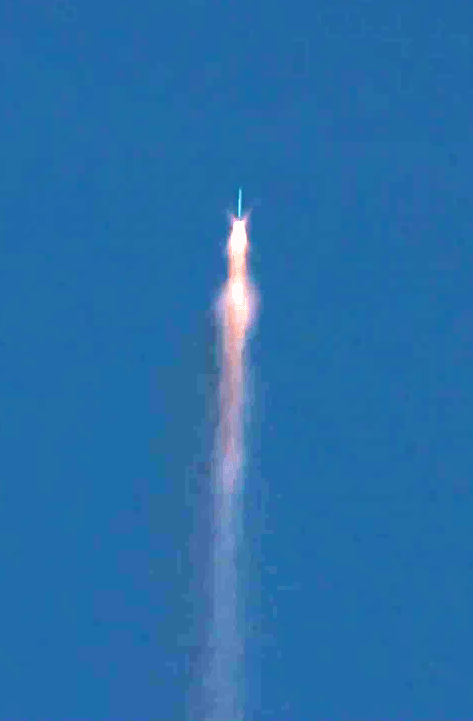I don't want to hijack the thread but I have a question about drag separation.
Why does it occurred between the nosecone and payload, hence the use of rivets, but less often, if at all between the booster section and AV Bay????
I think you are a little mixed up.
Imagine the entire rocket under force going upward, against gravity. The only thing making it go upward is the force of the motor.
Now, imagine a really high thrust motor suddenly burning out, no longer providing any upward force. The rocket, if it were one piece, or if the various pieces were held together by something (i.e., shear pins or tape), then it would continue to coast upward until the force of gravity overwhelmed the inertia.
But, if the rocket is in multiple pieces, and if one piece (i.e., the booster) is much draggier than the others, then the rocket will separate at the first available breakaway point, namely the booster-to-coupler joint.
Drag is applied to the booster, but the finless payload and NC are carried upward by inertia. So the rocket separates at the booster-to-coupler joint, the booster starts to fall down, and the upper half continues upward.
But ... the upper half has no fins, and thus is highly unstable. So rather than just continue upward, which wouldn't be so bad, it goes unstable, start flipping and spinning, and usually has terrible results.
Shear pins to hold the booster and coupler together prevent this. Or friction fit with tape. However, you can calculate how many shear pins you need, and ground test that configuration, whereas your amount of tape varies from launch to launch based on temperature and humidity. So with tape, there is a degree of luck involved.
The other problem is when the shear pins holding the NC to the payload tube aren't sufficient to withstand the shock cord shock when the apogee (drogue) charge fires. The payload tube, coupler, and NC blow out of the booster; then, the the shock cord stretched all the way to it limit, and jerks back on the NC. The inertia on the NC may cause it to separate from the payload if it is not correctly secured with shear pins. This can lead to zippers (at worst), or deployment of the main at apogee (which nullifies the whole DD thing).
So, two different problems, two different results. Knowing how many shear pins to use is the singular solution to both.





